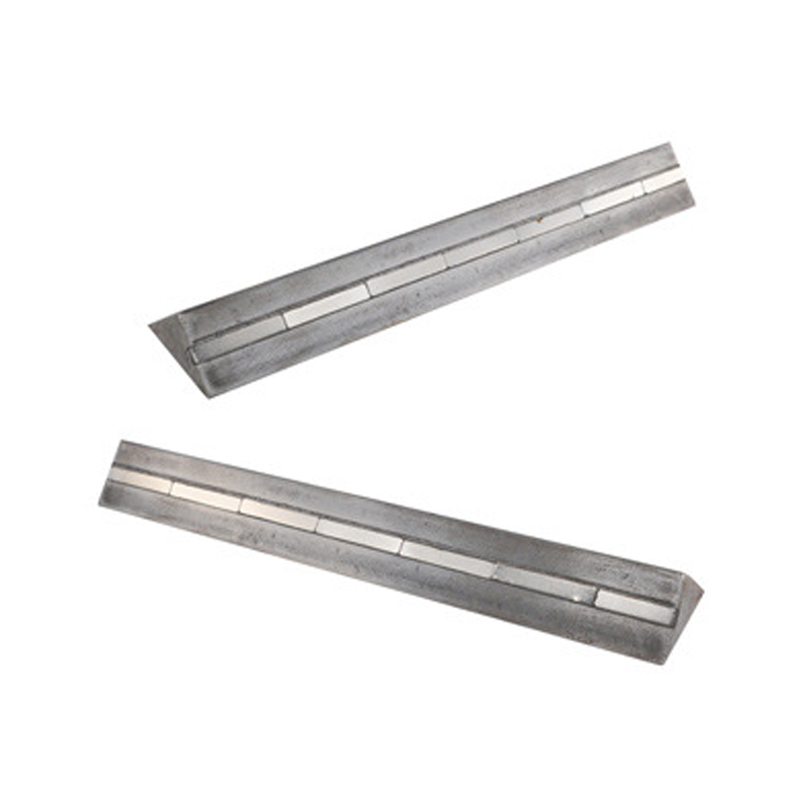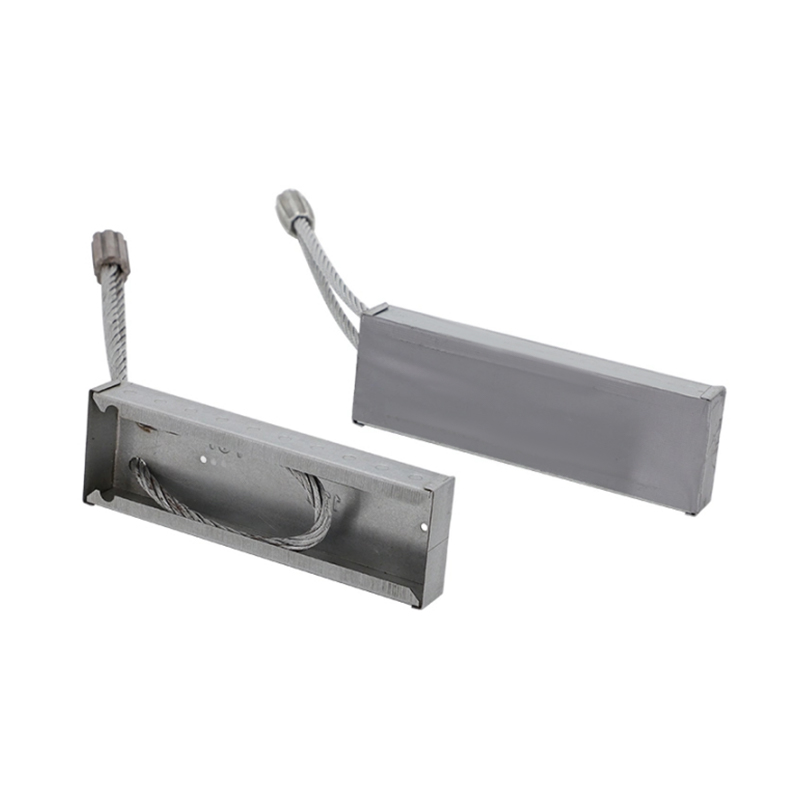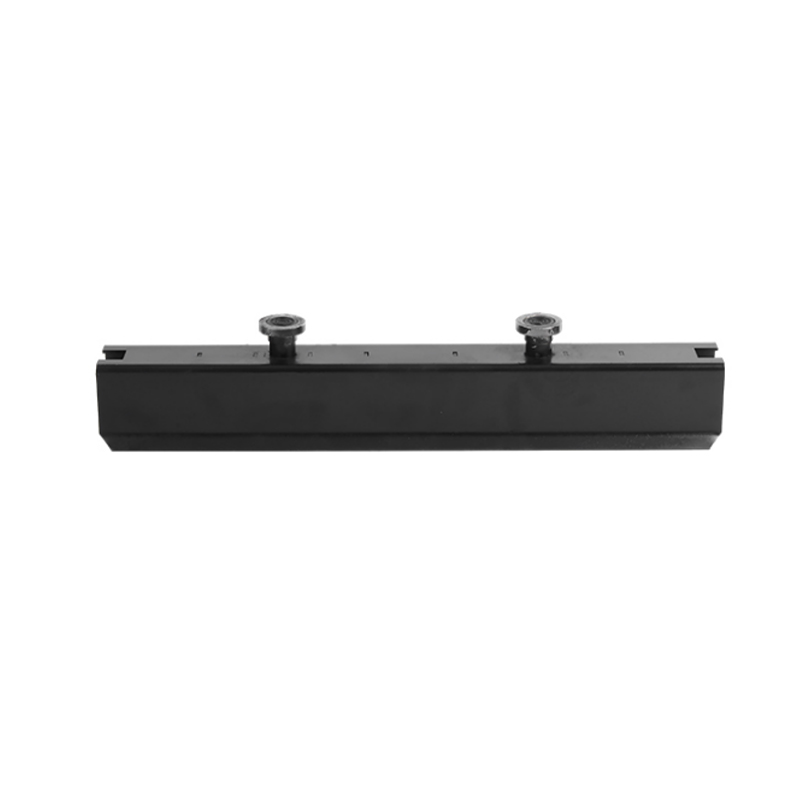1. Suzhou melaksanakan penyeliaan "Kod Double" pengawasan komponen pasang siap
Dari 1 Januari 2025, Suzhou akan melaksanakan pengumpulan maklumat proses penuh untuk komponen konkrit pasang siap (papak lantai komposit, panel dinding, tangga, dll.) Projek perumahan baru. Perusahaan pengeluaran perlu mendaftar di platform pengurusan bangunan pasang siap untuk menghasilkan "kod peringkat pertama" (kelayakan perusahaan) dan "kod peringkat kedua" (penjejakan batch). Unit penyeliaan mengesahkan dokumen kualiti dengan mengimbas kod, dan komponen yang tidak layak dilarang daripada penggunaan, dan teknologi blockchain digunakan untuk memastikan data tidak dapat diganggu. Langkah ini bertujuan untuk mengukuhkan kebolehkesanan kualiti dan telah mempromosikan lebih daripada 20 syarikat terkemuka di rantau Delta Sungai Yangtze untuk menyelesaikan sistem dok.
2. Forum Jiaxing melepaskan pelan transformasi pintar
Pada 22 Mac, Forum Teknologi Konkrit Precast ke -14 China (antarabangsa) diadakan di Jiaxing, dan lebih daripada 300 pakar membincangkan tema "pembuatan pintar". Mesyuarat itu didedahkan:
Breakthrough dalam Peralatan Tenaga Hidrogen: Lori Pam Konkrit Tenaga Hidrogen Sany Heavy Industri Sany Heavy dan akan dihasilkan secara besar-besaran pada tahun 2026;
Memperdaya Kerjasama Antarabangsa: Jiaxing, Shanghai dan Hangzhou bersama -sama membina pangkalan demonstrasi pembuatan pintar konkrit pratuang, memperkenalkan teknologi talian pengeluaran automatik Jerman, dan memendekkan kitaran pengeluaran sebanyak 30%;
Komponen Kuasa Angin Meningkatkan: Beijing Yugou mencapai kesilapan ketepatan menara kuasa angin ≤2mm, dan produk itu digunakan untuk projek kuasa angin pesisir.
3. Piawaian Jejak Karbon mencetuskan Rekonstruksi Rantaian Perindustrian
"Kaedah kuantifikasi dan keperluan untuk jejak karbon produk gas rumah hijau" Persatuan Pemuliharaan Tenaga Bangunan China telah dikuatkuasakan pada 1 Mei, yang memerlukan syarikat mencatatkan pelepasan karbon dari perlombongan bahan mentah ke pengangkutan melalui blok blok. Juruterbang menunjukkan:
Projek Perumahan Kawasan Baru Xionggan menggunakan teknologi suntikan CO₂, dan pelepasan karbon komponen tunggal dikurangkan sebanyak 12%;
Barisan pengeluaran bekalan kuasa fotovoltaik Jiangsu Subote Company telah mengurangkan pelepasan karbon Lembaga Laminated kepada 65% daripada purata industri, dengan itu memenangi perintah 580 juta yuan untuk fasa kedua Jakarta-Bandung High-Speed Railway di Indonesia.
4. Standard Kebangsaan Prategricated Prategrice melaksanakan peningkatan rintangan gempa bumi
Kementerian Perumahan dan Pembangunan Bandar Bandar meluluskan "Standard Teknikal untuk Struktur Bingkai Konkrit Prestriced Prategasan" (JGJ/T 499-2025), yang akan dilaksanakan dari 1 April. Standard baru jelas menyatakan untuk kali pertama:
Bingkai Prategasan Kelas III boleh digunakan dalam zon rintangan gempa bumi 9 darjah;
Memerlukan peringkat reka bentuk untuk memasukkan had pengesahan keadaan seperti gempa bumi dan bencana yang tidak disengajakan, dan menggalakkan inovasi teknikal sambungan nod di bangunan bertingkat tinggi. Teknologi pembinaan China menggunakan sistem ini dalam projek Zhuhai Super-High-Rise, memendekkan tempoh pembinaan sebanyak 25%.
5. Overcapacity di Sungai Yangtze Delta memaksa Transformasi Pengkhususan
Data dari Persatuan Hangzhou menunjukkan bahawa kadar penggunaan kapasiti komponen konkrit tempatan hanya 50% pada suku kedua 2025, dan kapasiti ganti mencapai 361,000 meter padu. Strategi tindak balas perusahaan termasuk:
Beralih kepada Infrastruktur Tenaga Baru: Pengeluar Fujian akan menukar 30% daripada kapasiti pengeluaran mereka ke buasir kuasa angin luar pesisir, dan margin keuntungan kasar akan meningkat sebanyak 8 mata peratusan;
Kitar semula sisa pepejal berskala: Chengdu telah mengendalikan garis penyortiran pintar untuk sisa pembinaan, memproses 50 tan sejam, dan kos curbstones agregat kitar semula telah menurun sebanyak 18%, yang akan dipromosikan kepada 20 "bandar sifar sifar" dalam tahun ini.
6. Projek Antarabangsa Memacu Pengeluaran Tempatan Luar Negara
Dalam empat bulan pertama, eksport komponen negara saya meningkat sebanyak 42% tahun ke tahun, dan perusahaan mempercepatkan susun atur luar negara mereka:
Projek Modular Arab Saudi: Institut Penyelidikan Kejuruteraan Bangunan Beijing menyediakan konsultasi teknikal untuk projek kediaman Arab Saudi, mengadopsi mod pemasangan prefabrication-on-site 3D, mengurangkan kos logistik sebanyak 40%;
Pangkalan Pengeluaran Thailand: Kilang Sany Construction Thailand Rayong dimasukkan ke dalam pengeluaran, membekalkan 32,000 meter padu komponen kediaman untuk Hanoi Smart New City di Vietnam, mencapai "Kilang 72 Jam, 15 hari Perhimpunan".
Fokus pada cabaran industri:
Pengangkutan Radius Bottleneck: Shandong mengetuai "Kilang Bersama Serantau", menggunakan kilang-kilang satelit dalam lingkaran radiasi 300 kilometer, dan mengurangkan pengangkutan silang silang sebanyak 35%;
Kekurangan pekerja mahir dipergiatkan: Kadar perolehan juruteknik acuan di China Selatan adalah 27%, dan kadar transformasi robot kimpalan meningkat sebanyak 60% tahun ke tahun.









